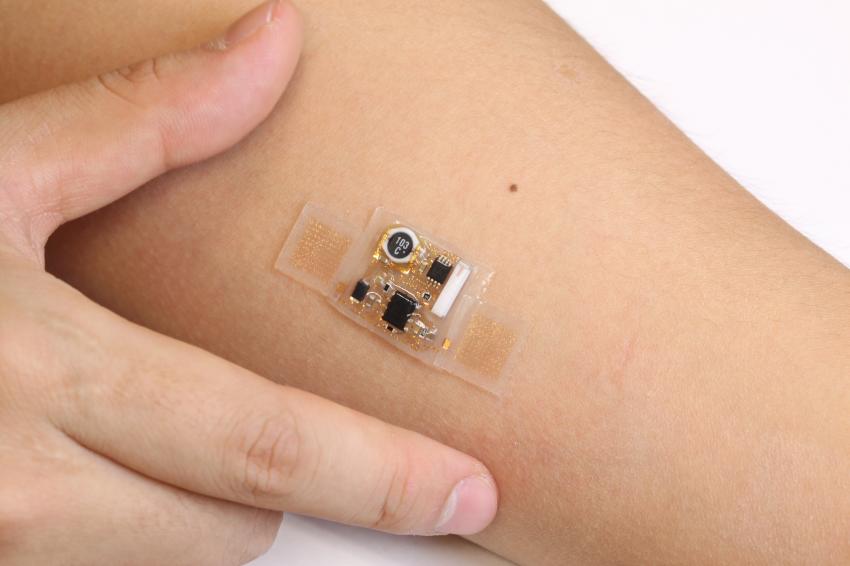Programmable skin material could help distant learning

In a world where social distancing is becoming a norm, remote learning with tactile sensation is something missing in the past, at least until now. Researchers at the Northwestern University have invented a, epidermal VR device that can simulate the sensation of physical touch. This device is comprised of an array of small vibrating components made from silicon polymer material called actuators, which attaches to user's skin similar to a band-aid.
Inventor John Rogers and Yonggan Huang explains that the device works like the little buzzer in Apple Watchers. It's similar to attaching Apple Watches all over your body, except that it is not in rigid form. It works like a skinform factor, so what you feel is like a gentle touch.
Huang and Rogers are both engineering professors at the Northwestern University, originally create the epidermal virtual reality device to track stroke survivor's speech pattern and swallowing progress. The device can send data back to the patient's rehab center for specialist review, as well as alerting the patient when irregular swallowing occurs, or engage speaking patterns through tactile feedback.
Later on the researchers discovered that these actuators can be programmed, and create an immersive experience that can be used in VR, enhancing the touch factor in virtual experiences.
Virtual Reality Opens the Door for Training Application
The potential for epidermal virtual reality is extremely encouraging. Researchers are currently testing the invention with amputees using prosthetic hands. This can also be an innovate application to have remote interactions between teachers and students.
Teachers could possibly use epidermal VR to simulate a pat on the back, enhancing personal interaction in ways that simply cannot be produced via a 2D screen or sounds derived from speakers.
This device can also be used for sports training in VR, as specific posture can be programmed to help students hold the correct posture and orientation. In a remote yoga session for instance, a teacher can guide the student through a physical-virtual process that require manipulation.
VR Device that Functions as a Programmable Skin
The device is currently in the research and development stage, and can be ready for mass production in a few years. It can be designed to fit any shape and size to mimic the sensation of warmth from someone's fingers. Researchers are currently looking into the thermal aspects for generating heat and cool the artificial skin.
The skin is battery-free and weight just few grams per 10 square centimeter. Rogers expects the technology to become light and thinner as development progress. The ultimate goal is allow user to wear the device like a "fully programmable second skin" and to enable full body engagement.

